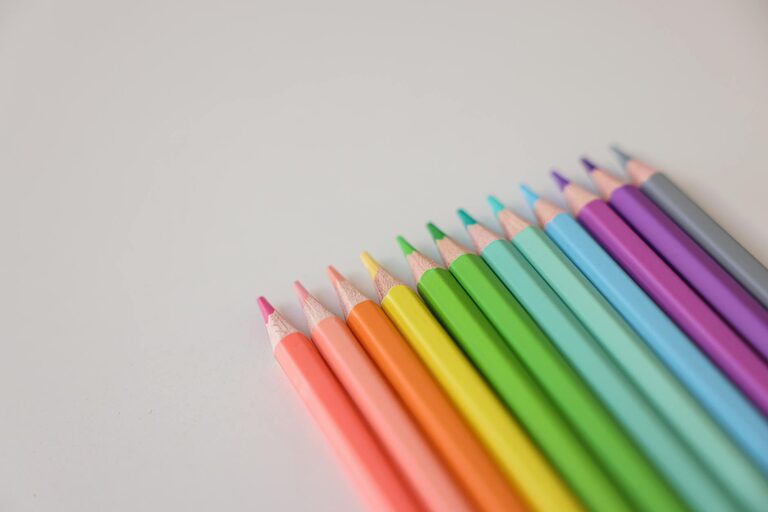If you have children, you know how quickly their artwork can accumulate. From finger paintings to school projects, kids’ art is full of creativity and memories, but it can also create clutter if not managed well. Keeping these masterpieces organized not only preserves special moments but also helps maintain a tidy living space.
In this post, we’ll explore practical and fun ways to organize your kids’ art, making it easier to enjoy their creations without feeling overwhelmed by paper piles.
Why Organize Kids’ Art?
Before diving into tips, it’s helpful to understand why organizing kids’ artwork matters:
– Preserving Memories: Art represents your child’s growth and creativity, serving as a visual diary of their development.
– Reducing Clutter: Without organization, piles of paper can quickly overcrowd your home.
– Encouraging Creativity: A dedicated space for art encourages kids to create more.
– Easy Access: Organized art is easier to look through and share with family and friends.
1. Set Up a Dedicated Art Space
Creating a dedicated area for art projects helps contain the mess and makes organization easier.
– Art Station or Corner: Use a small table or corner with supplies and storage containers.
– Display Area: Hang a corkboard, magnetic board, or wire with clips to display current artwork.
– Easy Cleanup Supplies: Keep wipes, bins, and folders nearby to encourage tidiness.
2. Sort and Select Regularly
Decide what to keep, display, or recycle on a routine basis.
– Weekly or Monthly Review: Go through the artwork with your child to pick favorites.
– Involve Your Child: Let them choose pieces that feel important to them.
– Recycle or Repurpose: Use less-loved art for craft projects or recycle responsibly.
3. Use Filing Systems to Store Flat Artwork
Organize flat pieces of art in an easy-to-access filing system.
– Expandable File Folders: Label folders by year, age, or theme.
– Large Art Portfolios: Invest in oversized portfolios to store bigger projects.
– Binders with Plastic Sleeves: Store smaller pieces in sleeves inside a binder for easy flipping.
4. Digital Solutions for Long-Term Preservation
Digitizing artwork can save space and create lasting memories.
– Take Photos: Photograph each piece with good lighting from above.
– Create Digital Albums: Organize images on your computer or cloud storage.
– Use Art Apps: Several apps are designed for storing kids’ art digitally, allowing you to share or print photo books.
5. Repurpose Art into Gifts and Décor
Turn favorite artworks into practical or decorative items.
– Greeting Cards: Cut or scan pieces to send as personal cards.
– Framed Art: Frame a rotating selection for a gallery wall.
– Craft Projects: Use art to wrap gifts, decorate notebooks, or make collages.
6. Label and Date Everything
Adding dates and labels helps track your child’s progression over time.
– Write Dates on the Back: Use pencil or light pen markings.
– Create a Journal: Keep notes about the story or inspiration behind the art.
– Name All Artwork: Especially important in households with multiple children.
7. Consider Storage Containers for 3D Projects
Not all art is flat—sculptures and crafts require a different approach.
– Clear Plastic Bins: Choose stackable bins with lids for easy storage.
– Shelves or Display Cabinets: Dedicate some space to showcase special 3D projects.
– Rotate Displays: Change which sculptures are on display to keep things fresh.
Final Thoughts
Organizing your kids’ artwork doesn’t have to be overwhelming. By setting up a system that fits your family’s lifestyle and involving your children in the process, you can cherish their creativity for years to come while keeping your home neat and welcoming.
Remember, the goal isn’t to keep every single piece but to celebrate and preserve the moments that mean the most. With these tips, you’ll enjoy a clutter-free space filled with memories and inspiration. Happy organizing!

